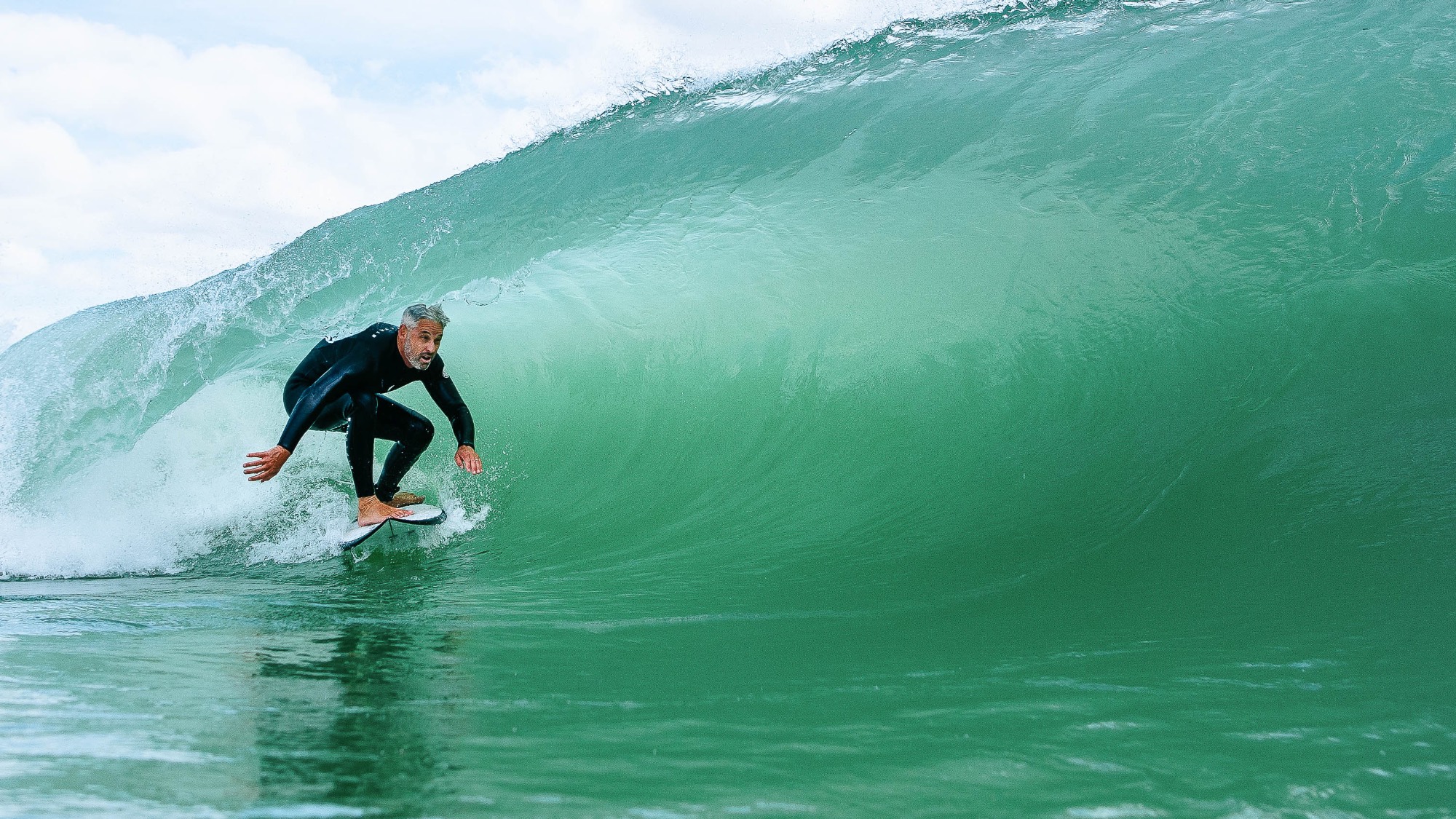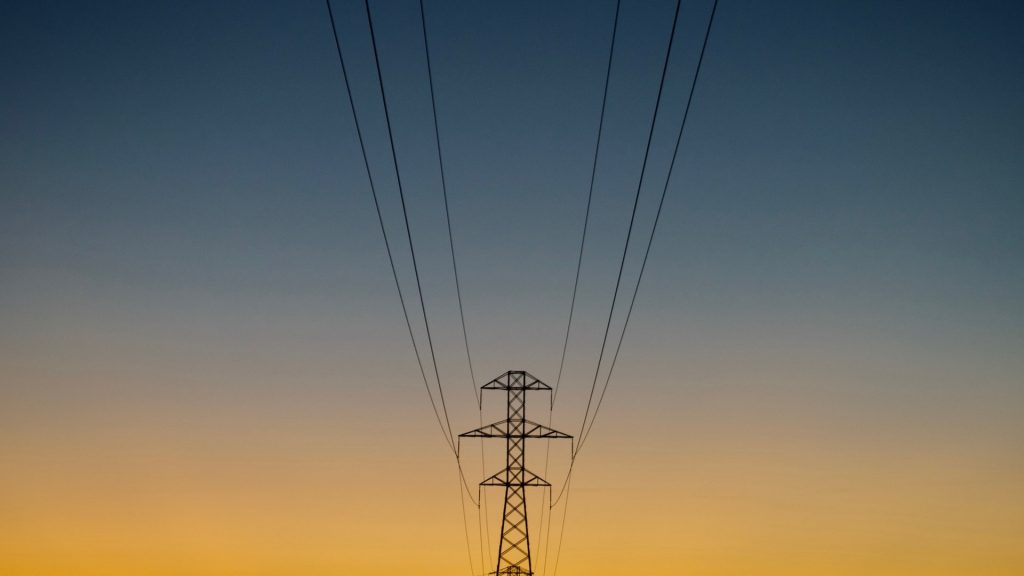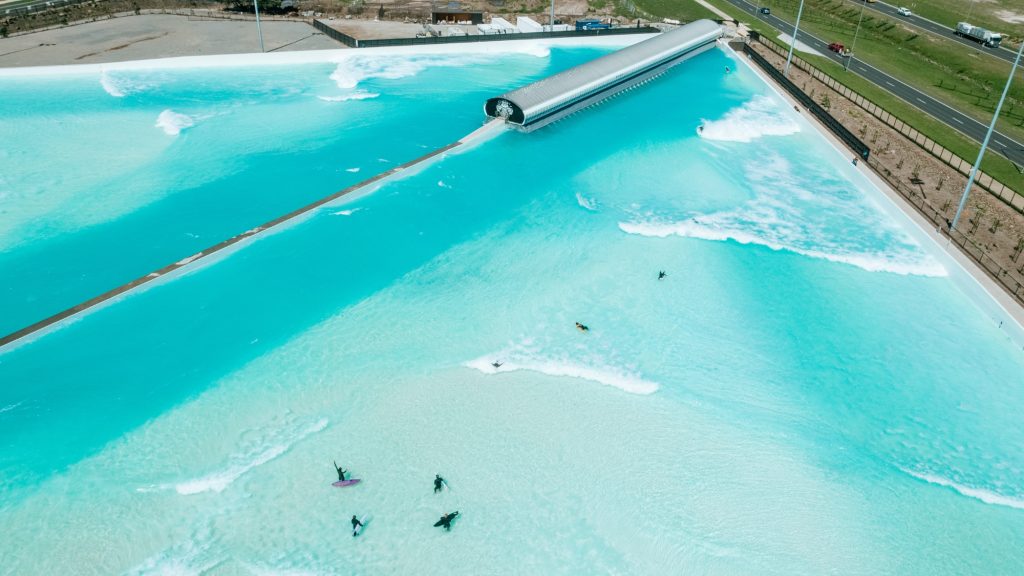”Top 5 things to know before you build a wave pool.”

Meet Andrew Ross (Top Image). He’s on the elite A-Team of wavemakers, having brought Melbourne to life and launching his new company Aventuur which specializes in wave pool development projects. We’ve compiled a Top 5 list of ingredients for a successful project. They include Market Analysis, Feasibility Reviews, Water & Power Access, Light & Noise Limits and Wave Pool Design. Of course, there are heaps more pieces to the puzzle, but this sheet will hopefully help clue you in as to the minimum requirements to get your surf park off the ground.
#1 Market Analysis
Start with the market. You have to have a detailed look at the socio-economic and demographic characteristics of the market in which you’re looking to develop a surf park: “How large is it?” “What do people in the area typically do?” “How much disposable income do they have?” “What’s their predilection towards surfing?” “What other things exist within that market that might be competitive with a surfing lagoon?” So, I always start with a market review.
#2 Know Your Dirt
Once you have identified a site, the next thing is to undertake a detailed commercial and technical feasibility review. It’s all of the due diligence you would normally undertake which is associated with gaining an understanding of the ownership rights associated with the site. When examining the technical feasibility requirements, this very much means looking at the geotechnical conditions. Obviously, the quality of the dirt is directly related to the ultimate size of the CapEx for your park. If you have a poor quality site, it just causes you such significant issues in terms of trying to engineer around those limitations. So, I always encourage people to try and secure the cleanest and best quality sites from a geotechnical perspective. For example, you may need to source 50,000 cubic meters of clean fill and that can be expensive. Or you have spoil from the site you have to dispose of in a particular way, or you have contaminated soil that you weren’t aware of from some activity that happened 40 years ago that you will be held responsible for remediating.

#3 Power Arrangers
Availability of major services for water and power supply is important. Questions like “what’s the status of the network in your local region?” “What do your local electrical safety requirements mandate around earthing grids?” “Do you need to reinforce your HV substations”? “What’s the local power provider got in their schedule to be able to do that?” You’re talking around $10 million extra to bring through large volumes of power if it doesn’t already exist within the network. Different wave generating technology has vastly different energy requirements, both from a maximum draw and total energy consumed perspective – you need to keep all of this in mind. Your water sourcing strategy is fundamental, “Do I need to use a town water supply, or is there an available supply of groundwater from the superficial aquifer that I can abstract?” “How many bores and how deep will then need to be to meet the projected maximum daily drawdown amount?” “What’s the chemical composition and overall quality of the water?” “How will feed water quality affect components in your treatment plant and the lagoon?” “Do you need to install sacrificial anodes?” There are also questions around transport connectivity, traffic volumes on local roads, and access for cranes and other large equipment that may be required to effect lagoon repairs from time-to-time.

#4 Be a Good Neighbor
It is also important to consider the relevant planning schemes and look at issues like nuisances that may be caused to local communities from light spill and noise from the wave generator, breaking waves and your guests on-site. The sound pressure level from waves is about 75 decibels at the breaking point. That typically exceeds noise limit regulations in most jurisdictions for any sensitive receptors like residential housing or that sort of thing that might be located nearby.
#5 Wave Pool Tetris
There are also things like the geometry of the site, and the arrangement of the lagoon to consider. “Can you point your lagoon into the prevailing winds in the summertime so you can get offshore conditions?”, etc, etc. There’s a very long list of things to look at when you go through a site feasibility and project due diligence process. If you cut corners on any of these matters, it will result in expensive problems that you will have to address in the future.
Follow the link to find out more about Andrew’s company Aventuur
Related Coverage
